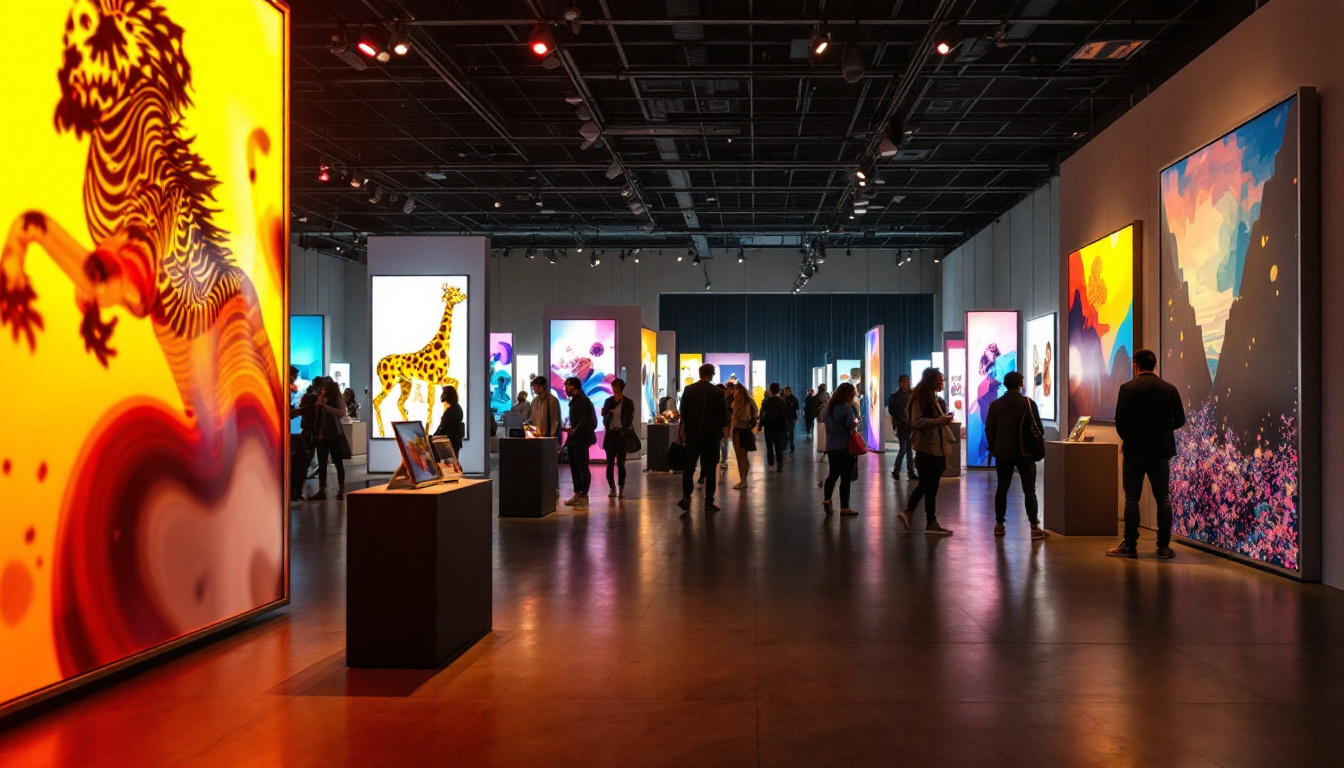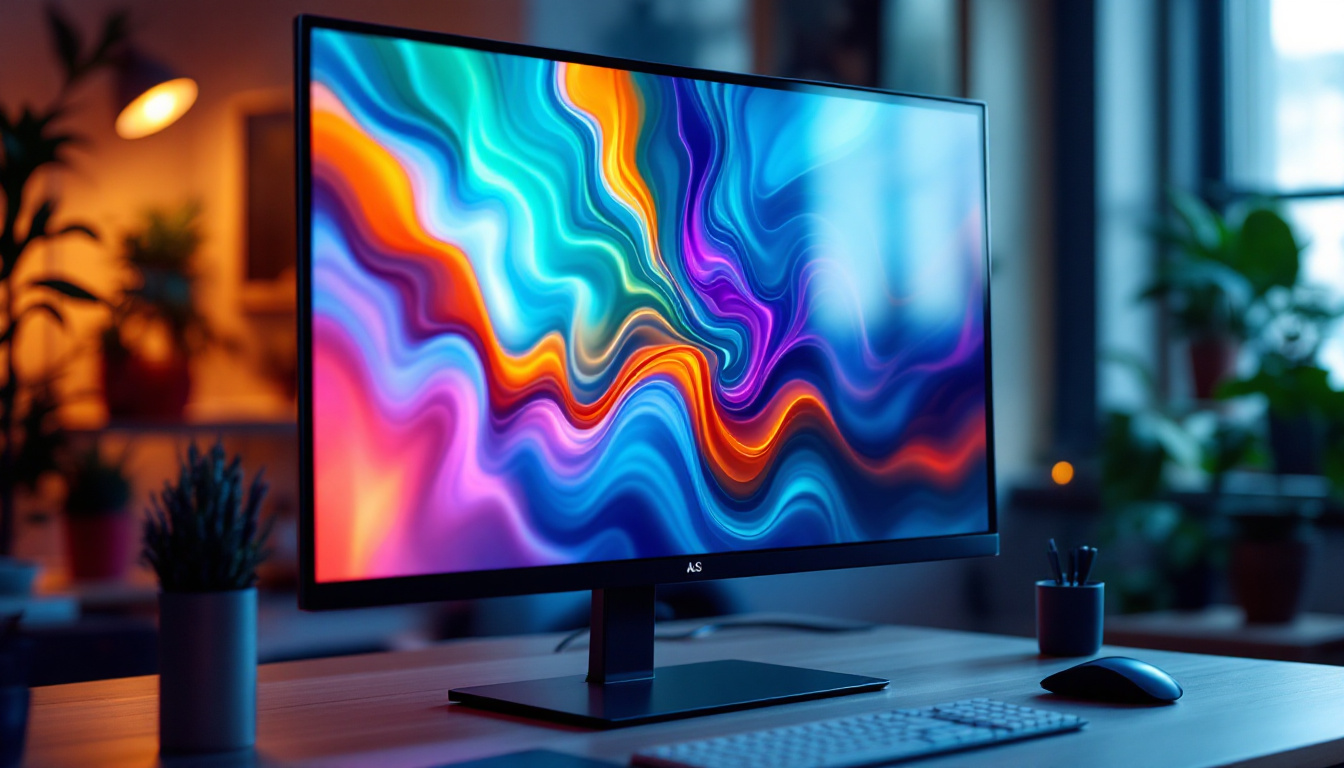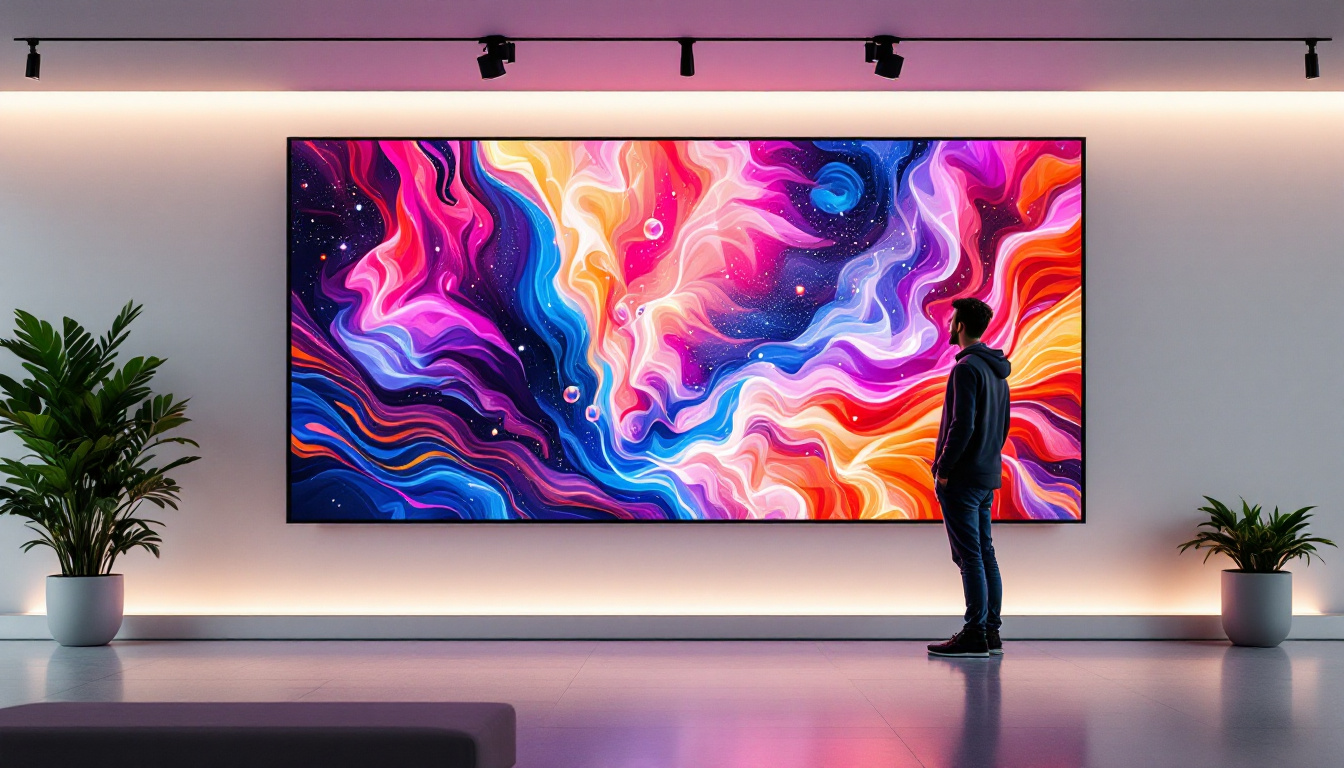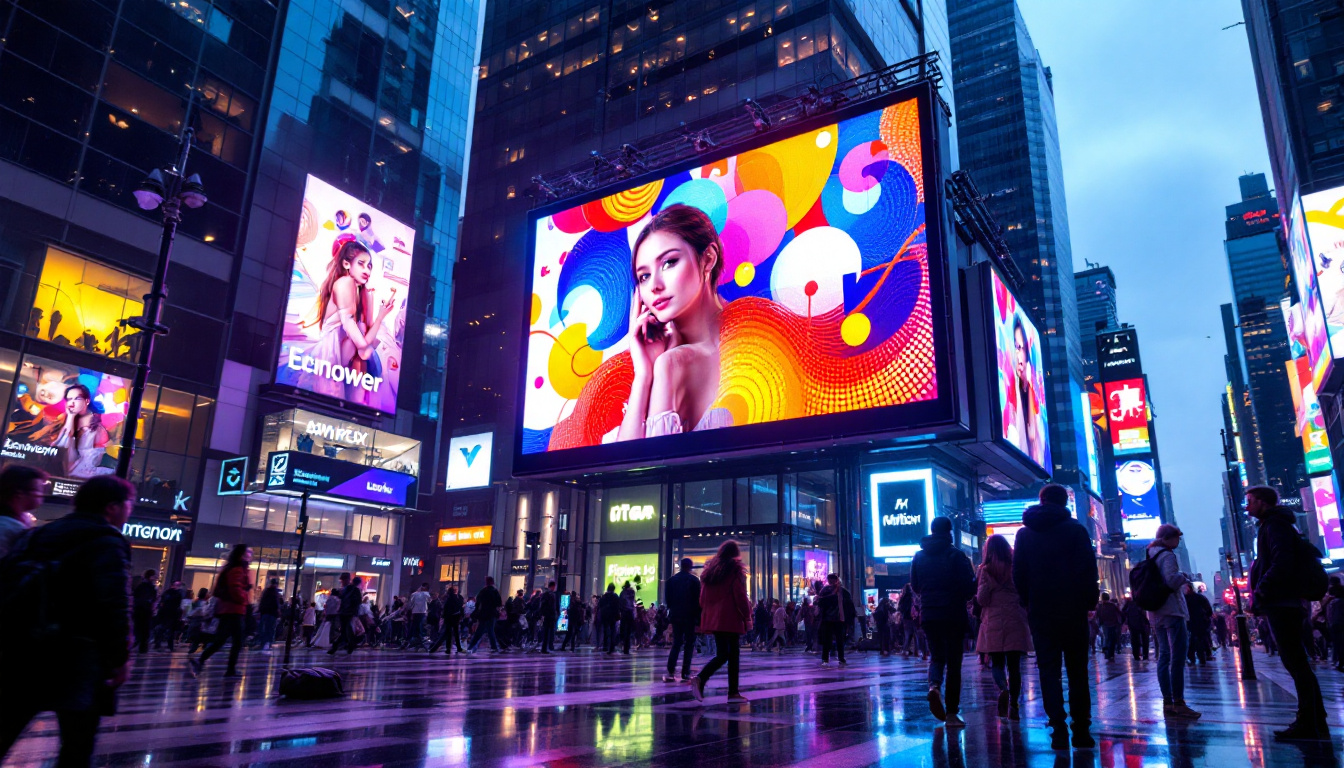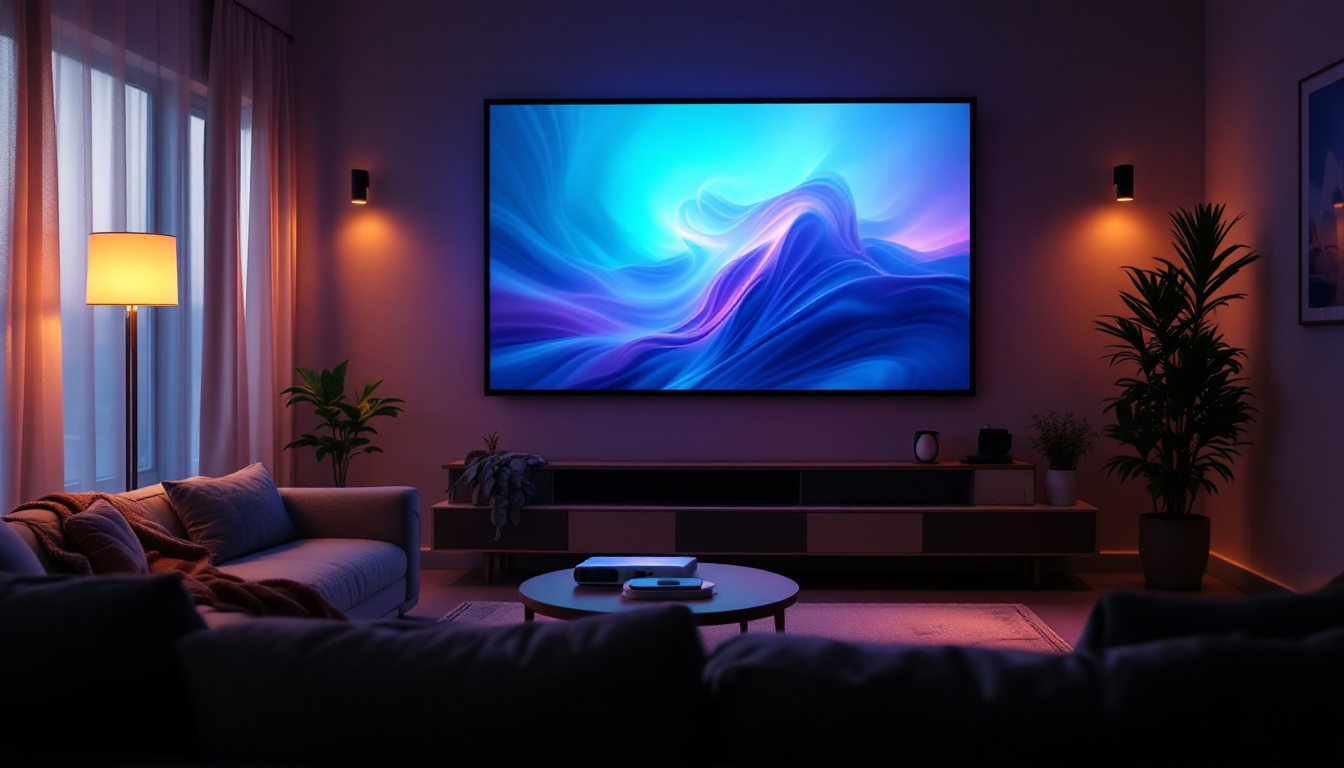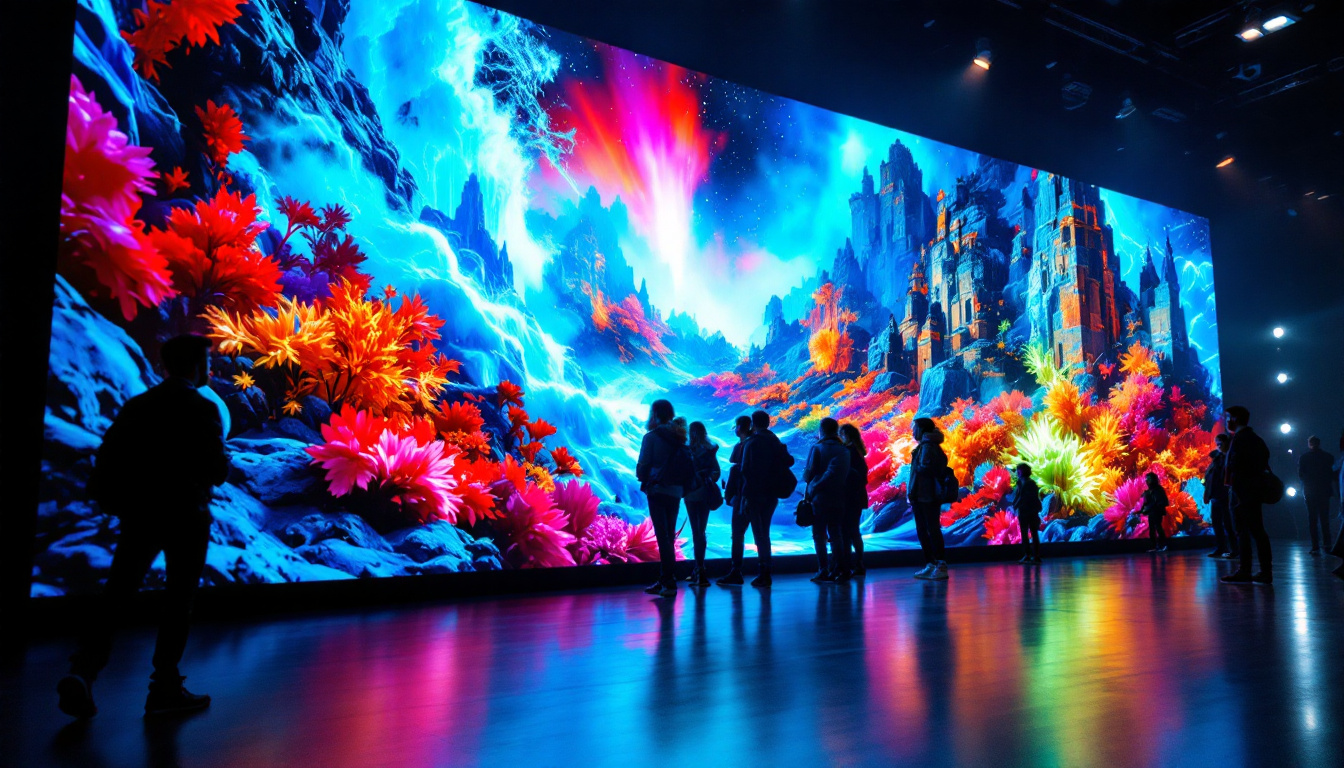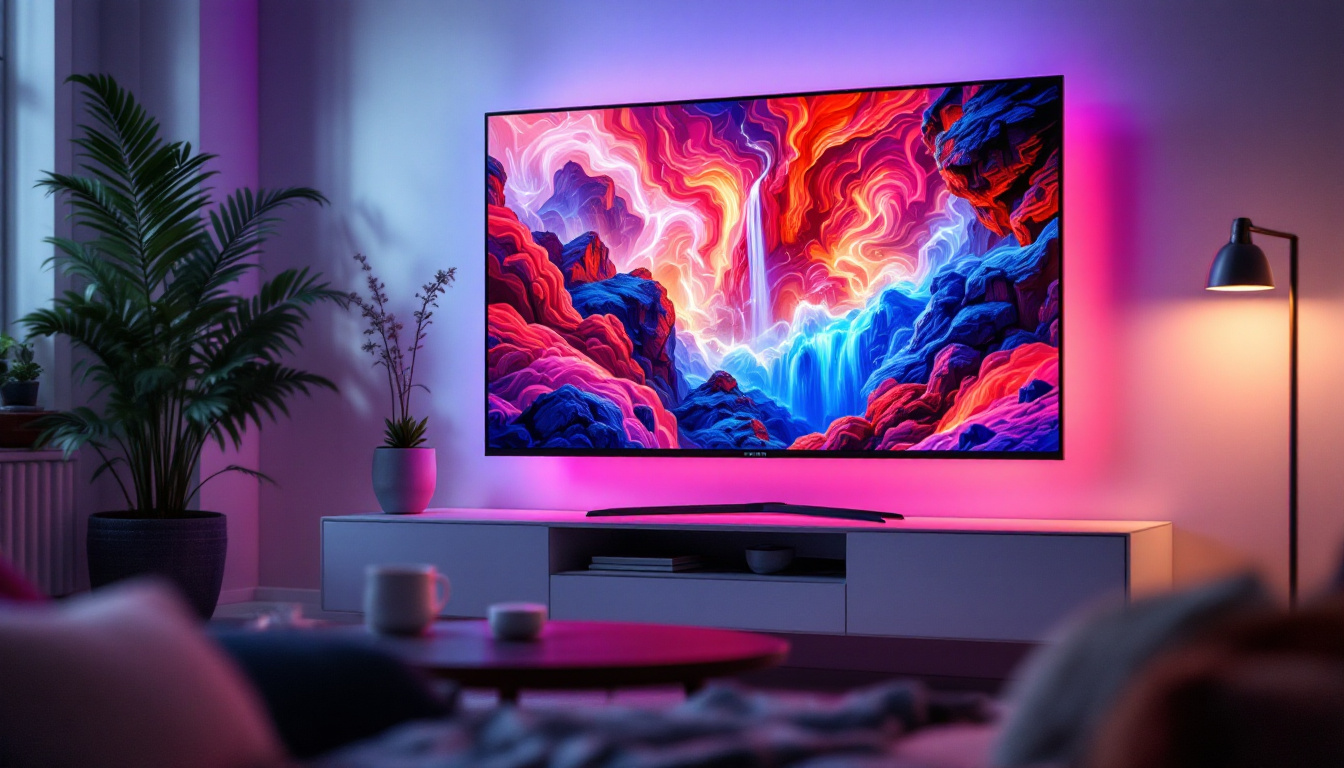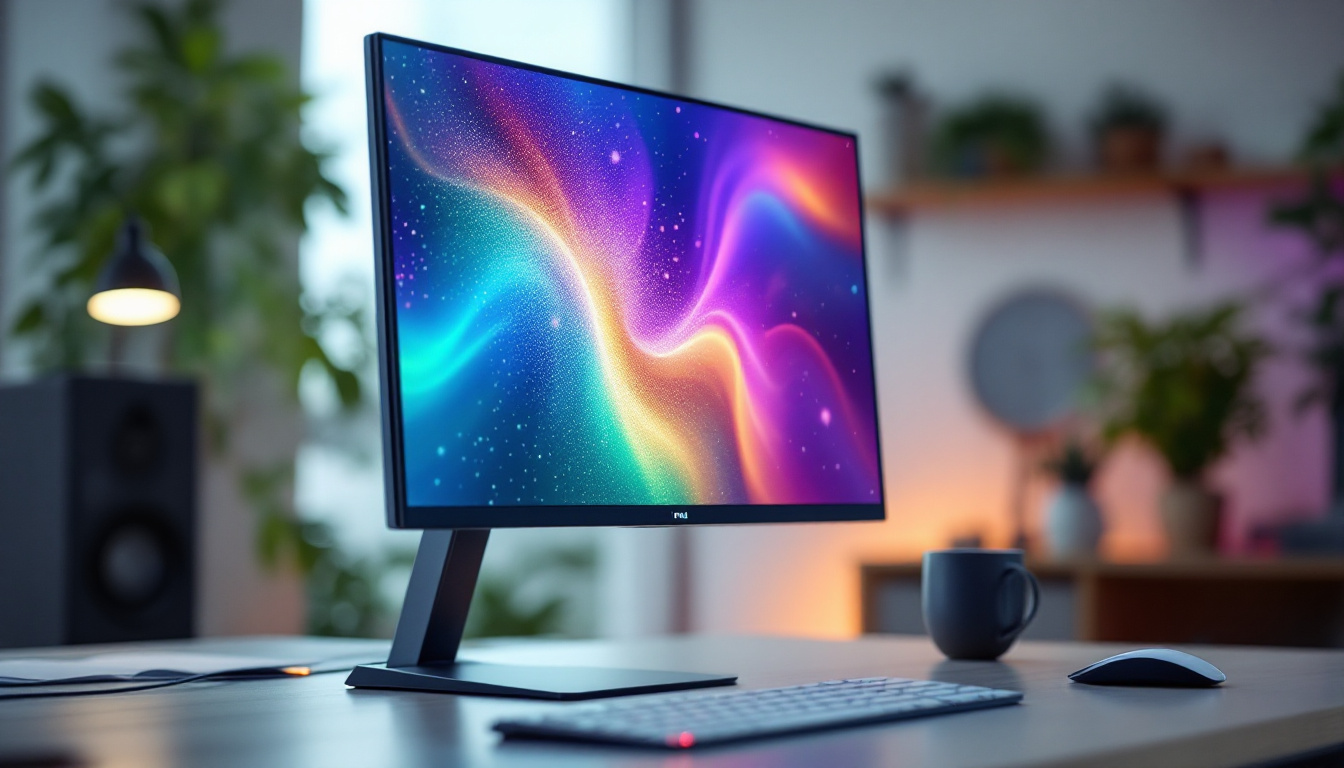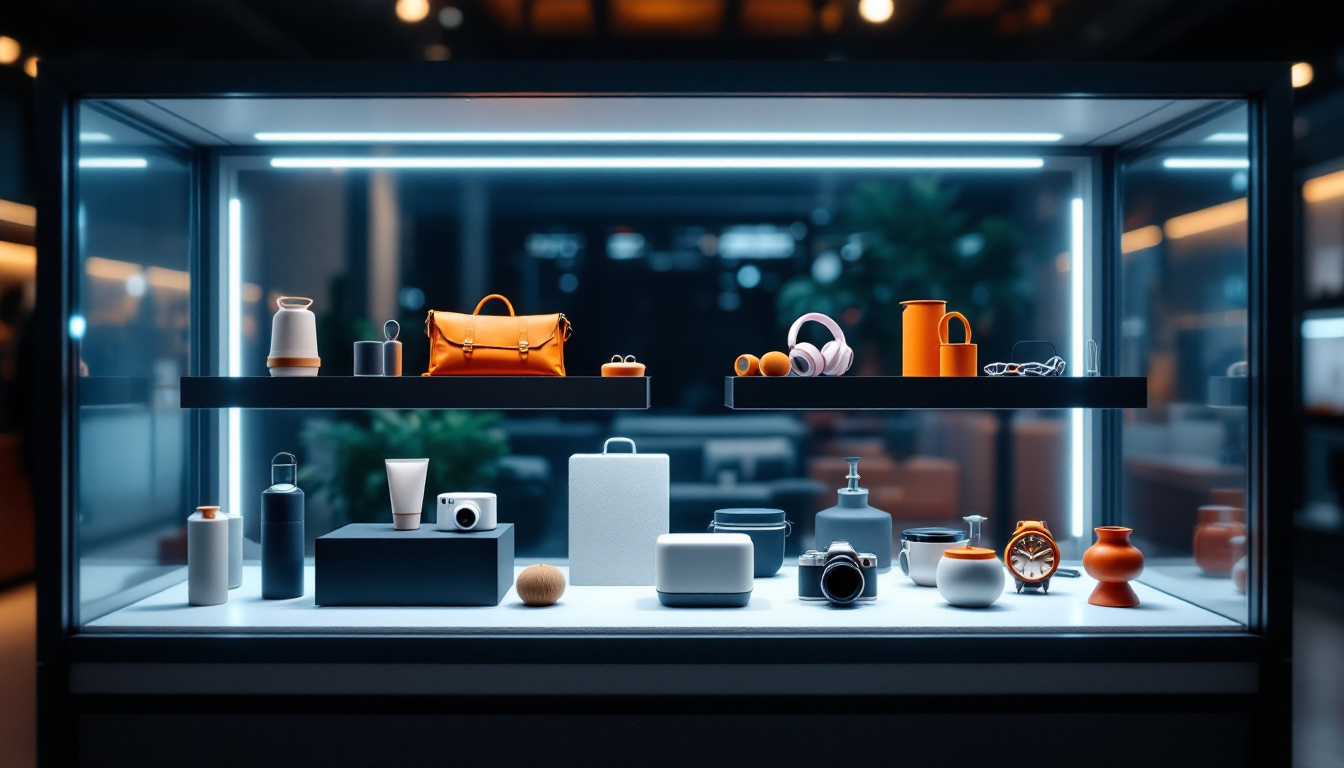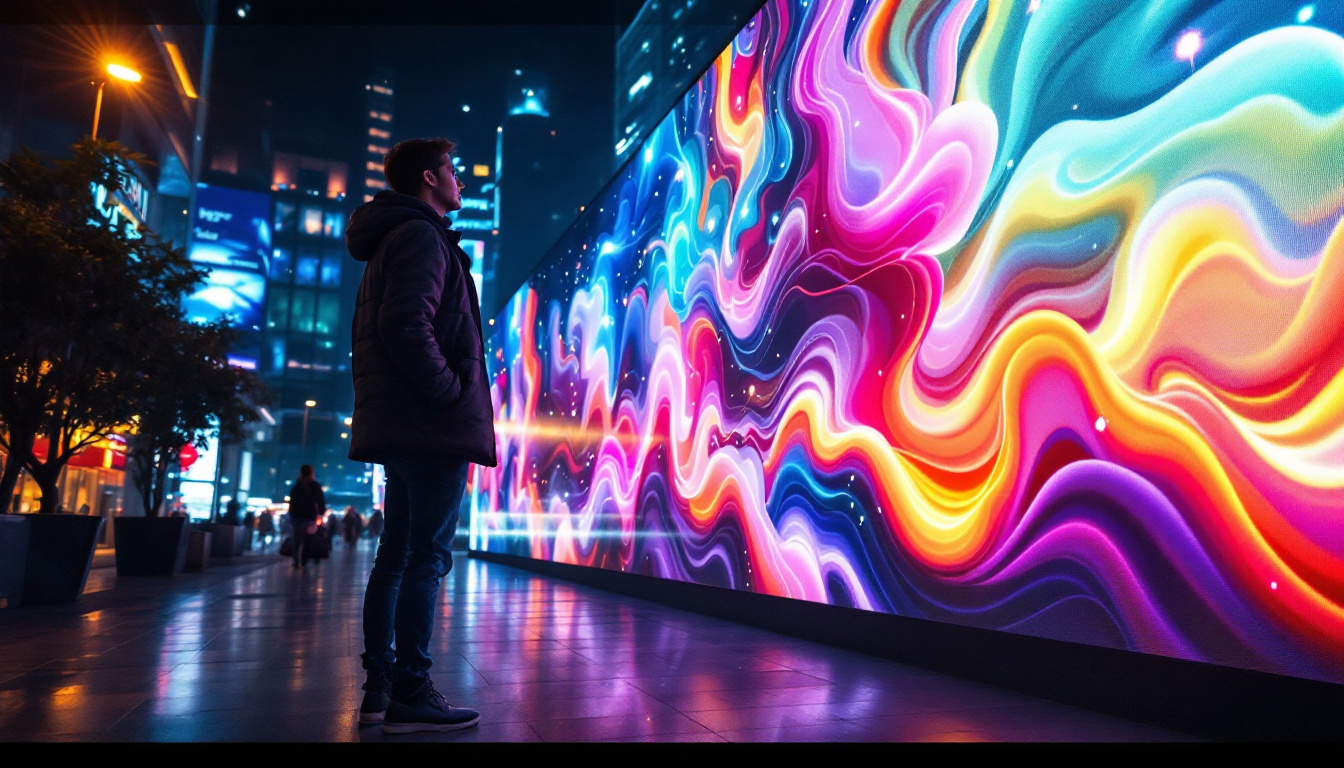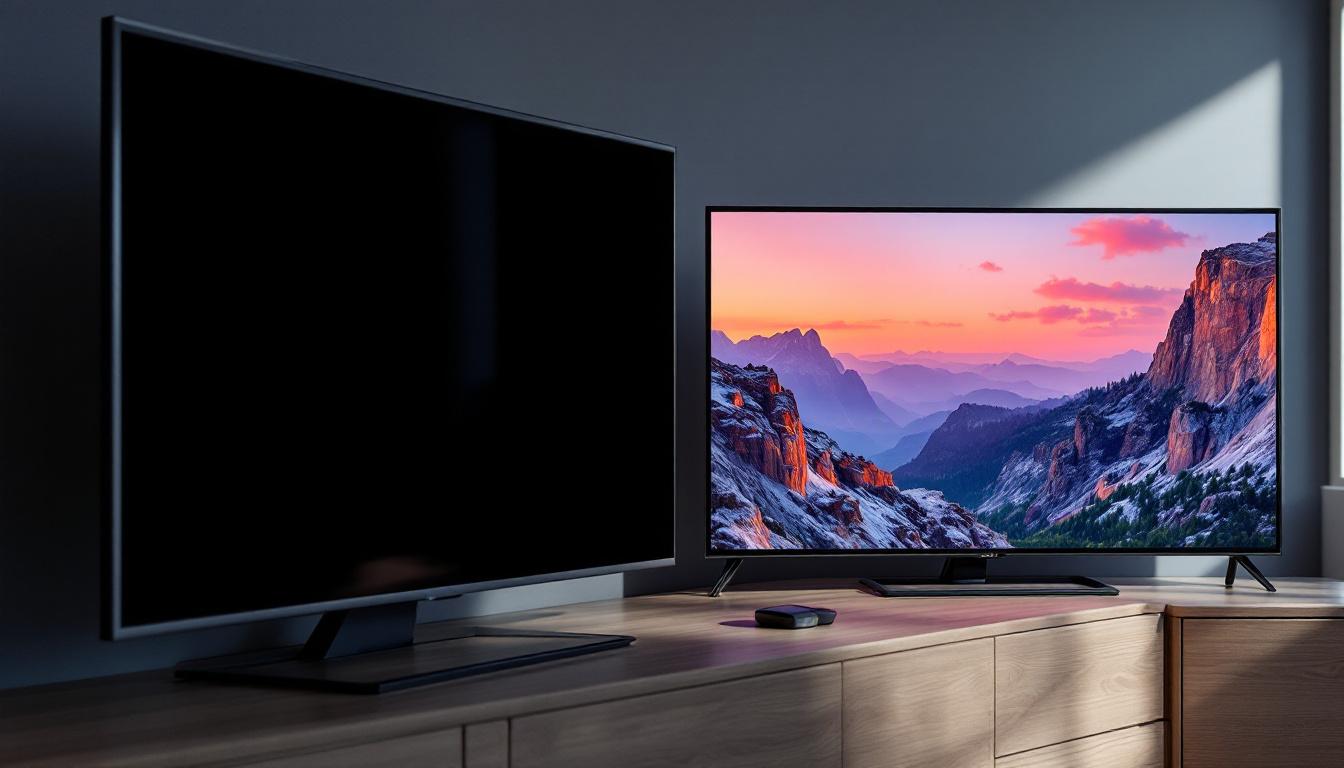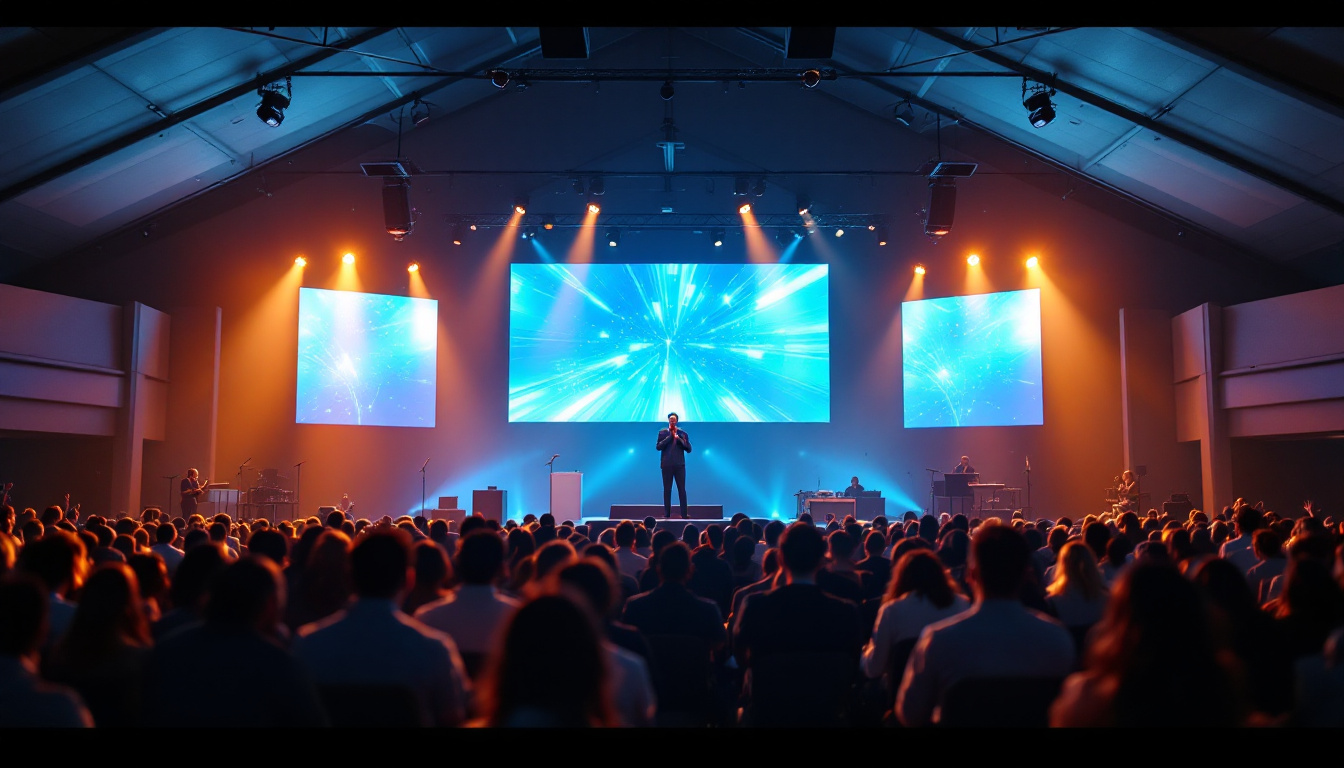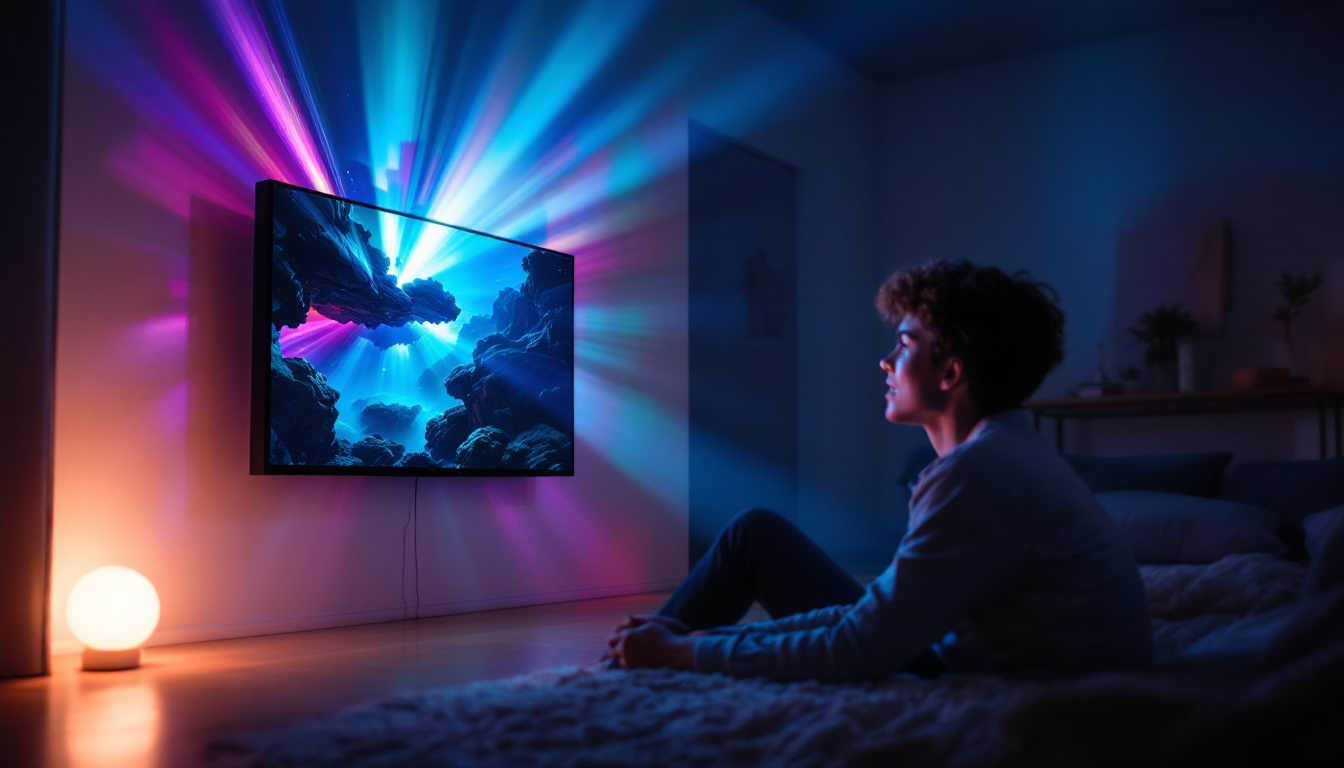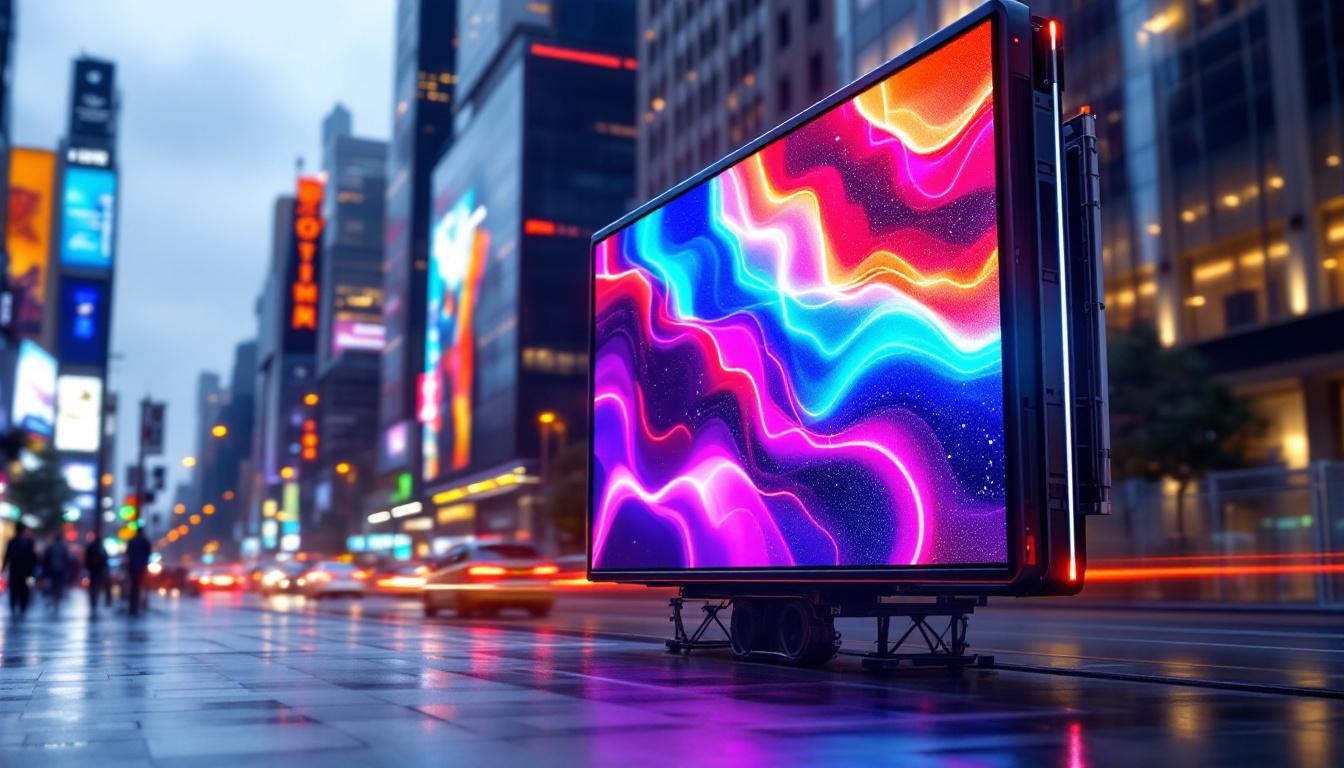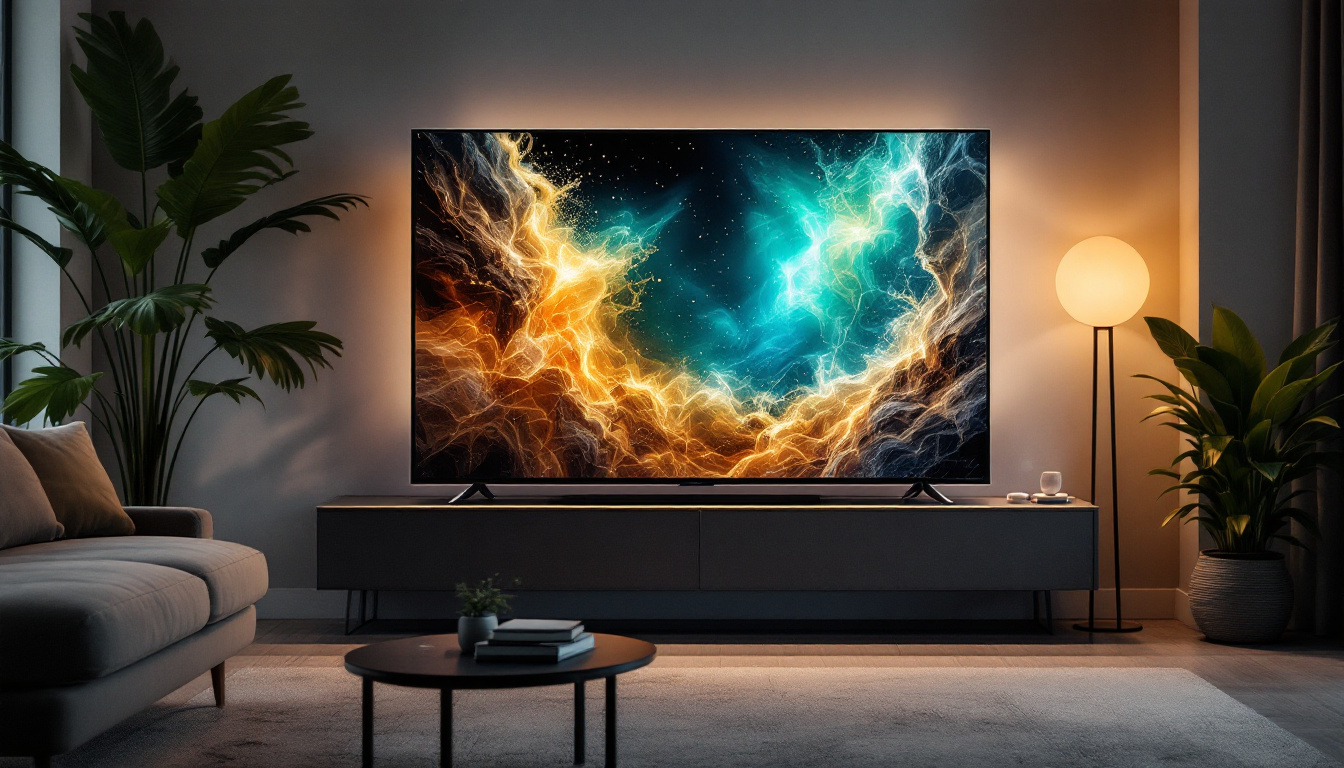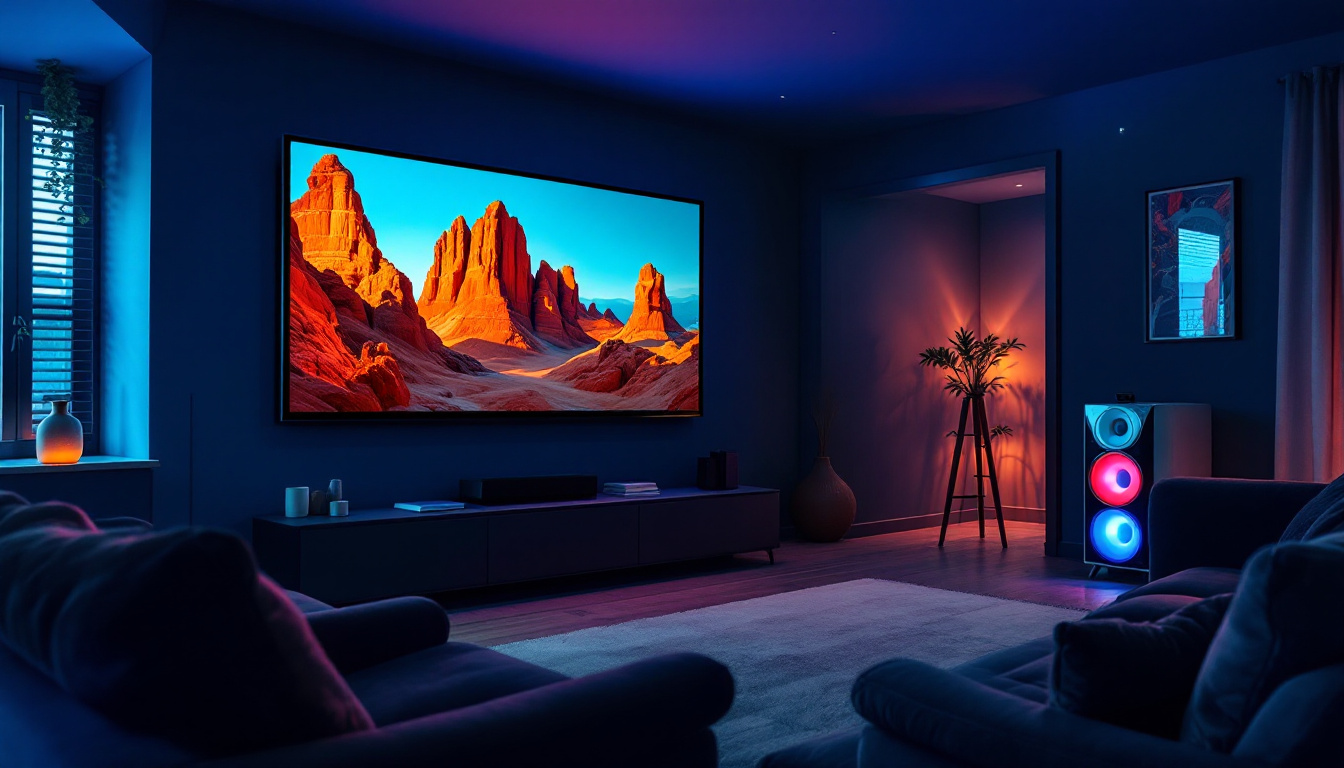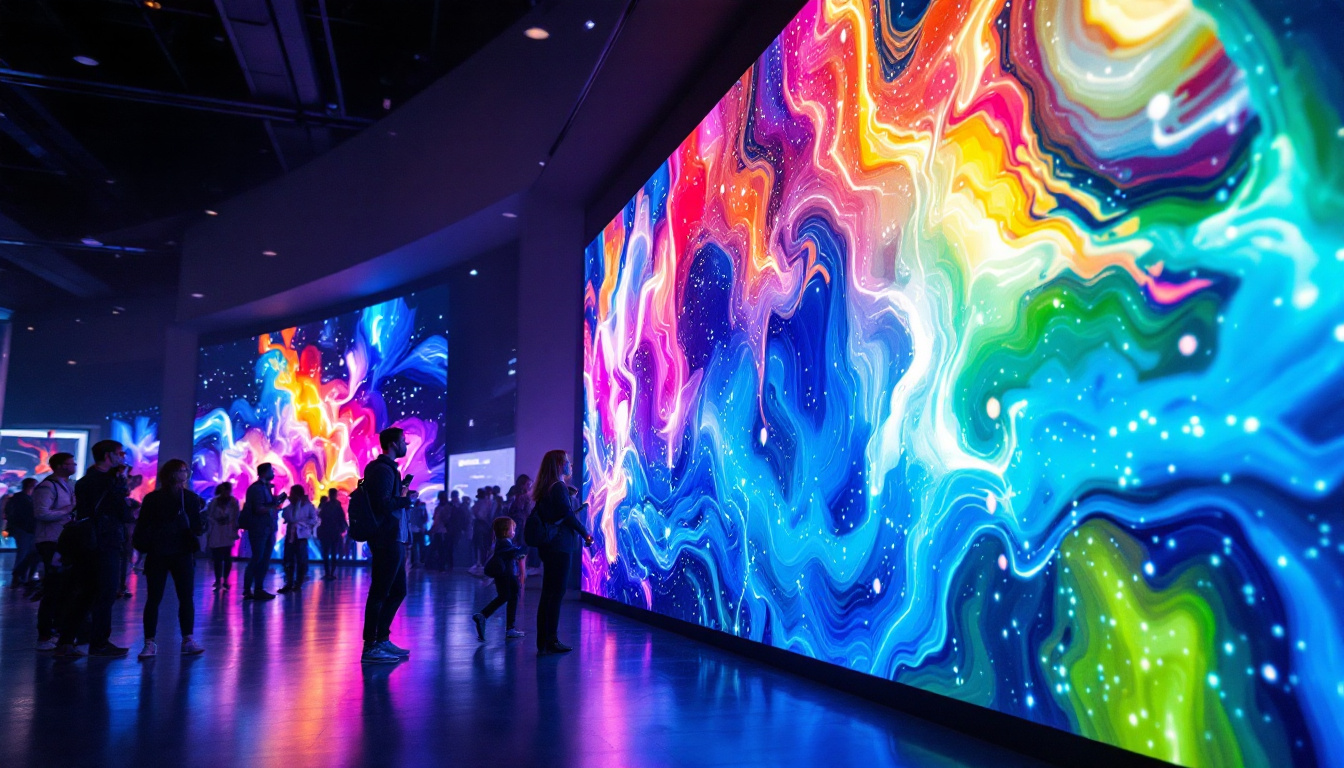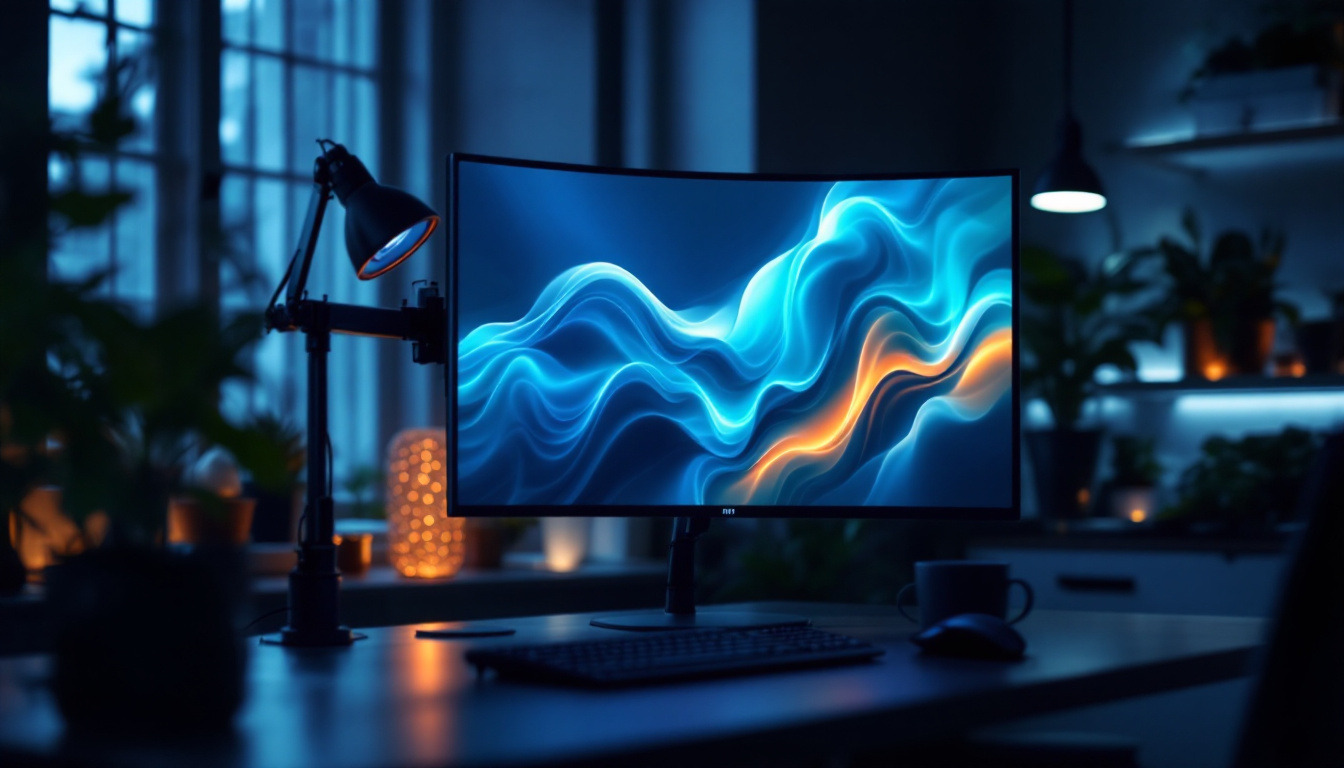In the world of visual display technology, achieving vivid, sharp, and high-contrast images is paramount for both professional and consumer applications. Whether it’s for home theaters, corporate presentations, or digital signage, the quality of the screen can dramatically influence the viewing experience. Among the many options available, high contrast projector screens and LED displays have emerged as leading solutions. This article delves into the technology behind high contrast projector screens and LED displays, exploring their differences, advantages, and practical uses.
Understanding High Contrast Projector Screens
High contrast projector screens are specially designed surfaces that enhance the contrast ratio of projected images. Contrast ratio, the difference between the darkest black and the brightest white a screen can display, is a critical factor in image quality. A higher contrast ratio means deeper blacks and more vibrant colors, which translates to a more immersive viewing experience.
Traditional white projector screens tend to reflect ambient light, which can wash out the image and reduce contrast. High contrast screens, however, use advanced materials and coatings to absorb ambient light and selectively reflect the projector’s light. This technology helps maintain image integrity even in rooms that aren’t completely dark. By utilizing these innovative materials, high contrast screens can significantly improve the overall viewing experience, making them a popular choice for home theaters, conference rooms, and even outdoor movie nights.
Types of High Contrast Screens
There are several types of high contrast projector screens, each with unique characteristics:
- Gray Screens: Often referred to as “high contrast” screens, gray screens have a darker surface that improves black levels by absorbing ambient light. They are particularly effective in rooms with some ambient light, allowing for a clearer picture without the need for complete darkness.
- Ambient Light Rejecting (ALR) Screens: These screens use specialized optical coatings or microstructures to reject ambient light from specific directions while reflecting projector light directly to the viewer. This technology is ideal for bright environments, making it a favorite among users who want to enjoy movies or presentations in well-lit spaces.
- Glass Beaded Screens: These screens use tiny glass beads to reflect light back toward the projector source, enhancing brightness and contrast but are less common in modern setups. While they can produce vibrant images, they may not perform as well in ambient light conditions compared to newer technologies.
Benefits of High Contrast Projector Screens
Using a high contrast screen offers several advantages:
- Improved Image Depth: Enhanced black levels create a more three-dimensional and lifelike image, allowing viewers to feel more engaged with the content.
- Better Color Accuracy: Colors appear richer and more saturated due to the improved contrast ratio, making everything from movies to presentations pop with vibrancy.
- Versatility: High contrast screens perform well in various lighting conditions, reducing the need for complete room darkening. This flexibility makes them suitable for diverse settings, from casual family movie nights to professional business presentations.
- Enhanced Viewing Angles: Some high contrast screens maintain image quality across wide viewing angles, making them suitable for group settings. This feature is particularly beneficial in environments like classrooms or conference rooms, where multiple viewers may be sitting at different angles.
In addition to these benefits, high contrast projector screens can also contribute to a more enjoyable viewing experience by reducing eye strain. The improved contrast allows for easier differentiation between colors and shades, which can be particularly important during long viewing sessions. Furthermore, many high contrast screens are designed to be easy to install and maintain, offering a hassle-free solution for both home and professional use. With the right setup, users can transform any space into a high-quality viewing environment, enhancing both entertainment and productivity.
LED Displays: The Modern Visual Powerhouse
LED (Light Emitting Diode) displays represent a fundamentally different approach to image presentation compared to projector screens. Instead of reflecting light from an external projector, LED displays are self-emissive, meaning each pixel produces its own light. This technology has revolutionized digital signage, large-scale displays, and increasingly, home and professional video walls.
How LED Displays Work
LED displays consist of a matrix of tiny LEDs arranged in pixels. Each pixel contains red, green, and blue LEDs that combine to produce a full spectrum of colors. By controlling the intensity of each LED, the display can produce vivid images with exceptional brightness and contrast.
Modern LED displays use surface-mounted device (SMD) technology, where LEDs are mounted directly onto circuit boards. This allows for higher pixel density, improved color accuracy, and better energy efficiency. Advances in mini-LED and micro-LED technologies are pushing the boundaries even further, enabling displays with incredible contrast ratios and HDR (High Dynamic Range) capabilities.
Contrast and Brightness in LED Displays
One of the standout features of LED displays is their ability to achieve extremely high contrast ratios. Because LEDs emit light directly and can be turned off completely in dark areas, true blacks are possible, unlike projector screens which rely on reflected light. This direct emission leads to a contrast ratio often exceeding 1,000,000:1 in high-end LED panels.
Additionally, LED displays can reach peak brightness levels of 1,000 nits or more, making them suitable for use in brightly lit environments, including outdoor settings. This brightness capability ensures images remain clear and vibrant regardless of ambient light conditions.
Advantages of LED Displays
- Superior Contrast and Black Levels: True blacks and vibrant colors enhance image realism.
- High Brightness: Suitable for both indoor and outdoor use, even in direct sunlight.
- Durability and Longevity: LEDs have long lifespans and are resistant to burn-in compared to some other display technologies.
- Flexible Form Factors: LED panels can be configured into various sizes and shapes, including curved and transparent displays.
- Low Maintenance: LED displays require minimal upkeep compared to projector systems.
Comparing High Contrast Projector Screens and LED Displays
While both high contrast projector screens and LED displays aim to deliver superior image quality, their underlying technologies and ideal use cases differ significantly. Understanding these differences helps users select the best solution for their specific needs.
Image Quality and Contrast
LED displays generally outperform projector screens in terms of contrast and brightness. The ability to turn off individual pixels allows LED displays to achieve true blacks, whereas projector screens, even high contrast ones, can only reflect light and thus struggle with deep black reproduction.
However, high contrast projector screens can still provide excellent image quality, especially in controlled lighting environments. They are particularly effective when paired with high-end projectors that support HDR and wide color gamuts.
Installation and Space Requirements
Projector setups typically require space for the projector unit itself, which can be bulky and needs to be positioned at a specific distance from the screen. This can limit placement options and may require ceiling mounts or dedicated rooms.
LED displays are self-contained and can be wall-mounted or integrated into existing structures, saving space and simplifying installation. Their modular nature allows for scalable screen sizes without the need for additional equipment.
Cost Considerations
High contrast projector screens are generally more affordable upfront compared to LED displays, especially for large screen sizes. However, projectors require bulb replacements and maintenance over time, which can add to the total cost of ownership.
LED displays have a higher initial cost but benefit from lower maintenance and longer lifespans. For commercial applications where uptime and reliability are critical, this can justify the investment.
Use Case Suitability
High contrast projector screens are ideal for home theaters, classrooms, and conference rooms where controlled lighting is possible. They offer a cinematic experience at a relatively low cost.
LED displays excel in environments with high ambient light, such as retail stores, airports, sports arenas, and outdoor advertising. Their brightness and durability make them the preferred choice for dynamic, high-impact visuals.
Emerging Trends and Innovations
The display technology landscape is continuously evolving, with exciting developments enhancing both projector screens and LED displays.
Advancements in Projector Screens
Manufacturers are developing next-generation ambient light rejecting screens that use nanotechnology and advanced optical coatings to further improve contrast and color accuracy. Some screens now incorporate flexible and transparent materials, expanding their application possibilities.
Laser projectors with higher brightness and better color reproduction are also driving improvements in projector screen performance, enabling more vivid images even in less-than-ideal lighting conditions.
Innovations in LED Technology
Micro-LED technology is poised to revolutionize LED displays by offering even higher pixel densities, better energy efficiency, and improved color accuracy. Unlike OLEDs, micro-LEDs do not suffer from burn-in and can achieve unparalleled brightness and contrast.
Additionally, the integration of AI-driven image processing and HDR standards is enhancing the visual fidelity of LED displays, making them more adaptable to various content types and viewing environments.
Choosing the Right Display Solution
Selecting between a high contrast projector screen and an LED display depends on several factors including budget, environment, intended use, and desired image quality.
Assessing Your Environment
Consider the ambient lighting conditions of the installation space. If the room can be darkened effectively, a high contrast projector screen paired with a quality projector can deliver excellent results. For bright or variable lighting environments, LED displays provide superior visibility and consistency.
Evaluating Content and Usage
For cinematic content, presentations, or educational use, projector screens offer a large, immersive viewing area at a reasonable cost. For dynamic content such as digital signage, advertising, or interactive displays, LED technology’s brightness and durability make it the better choice.
Budget and Maintenance
Factor in not only the initial investment but also ongoing maintenance costs. Projectors require periodic lamp replacements and calibration, while LED displays demand less frequent upkeep but may have higher upfront costs.
Conclusion
High contrast projector screens and LED displays each bring unique strengths to the table, catering to different needs and environments. Understanding the technology behind each option and their practical implications empowers users to make informed decisions that optimize their visual experience.
As display technologies continue to advance, the gap between these solutions may narrow, offering even more versatile and high-quality options for consumers and professionals alike. Whether choosing the immersive depth of a high contrast projector screen or the vibrant brilliance of an LED display, the future of visual presentation promises to be brighter and more engaging than ever.
Discover LumenMatrix’s Advanced LED Display Solutions
Ready to elevate your visual experience with the latest in LED display technology? LumenMatrix offers a comprehensive range of innovative solutions tailored to meet your needs. From captivating Indoor LED Wall Displays to dynamic Outdoor LED Wall Displays, and from versatile Vehicle LED Displays to engaging LED Sports Displays, our products are designed to transform your space and captivate your audience. Experience the future of visual presentation with LumenMatrix’s cutting-edge LED display modules. Check out LumenMatrix LED Display Solutions today and see your vision come to life with unparalleled clarity and impact.



